By . Last updated Feb 15, 2017.
3G technology is a continuation of the older 2G EDGE technology used in many legacy cellphones. 2G EDGE technology revolutionized the way people used cellphones, as it provided bandwidth needed to not only make and receive calls, but to browse the Internet as well. While 2G certainly changed the landscape of how people use their phones, transmission speeds with the technology are relatively slow at only a few hundred kbps. Conversely, 3G technology is much faster and provides bandwidth speeds up to 3Mbps and beyond depending on the carrier network used. The latest technology is 4G and is much faster than both 3G and 2G and should be supported by all phones released in 2017.
Browse All Top 3G Cell Phones of 2017 »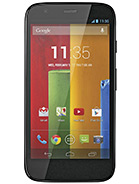
#1 |
#2 |
#3 |
#4 |
#5 |
|
|---|---|---|---|---|---|
|
|
|
|
|
|
|

|
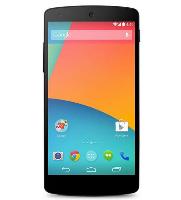
|
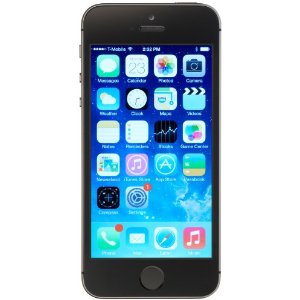
|
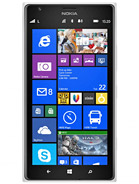
|
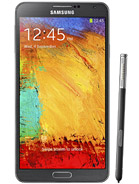
|
|
|
|
|
|
|
|
|
|
|
|
|
|
|
|
| Release Date |
|
|
|
|
|
| Phone Features |
|
|
|
|
|
| Digital Camera Resolution |
|
|
|
|
|
| Installed RAM (GB) |
|
|
|
|
|
| Screen Size(Diagonal) |
|
|
|
|
|
| Processor Type |
|
|
|
|
|
| Battery Capacity |
|
|
|
|
|
| Operating System |
|
|
|
|
|
| Carrier |
|
|
|
|
|
|
|
|
|
|
The best 3G cellphones not only provide faster bandwidth speeds than their 2G predecessor, they also support a host of modern features such as video calling, faster browsing and more reliable access to online media streaming of music and high resolution videos. Additionally, many 3G phones are fast enough that you can engage in bandwidth-hungry multiplayer games online.
Most smartphones running Android, iOS, Blackberry or Windows support 3G connections for faster browsing and Web productivity. Faster Web activities used commonly with 3G connections include: browsing, downloading of music and video files and online gaming.
In the U.S., there are various networks that support 3G technologies. Before you review the networks that support 3G, though, it's important you know the definitions of some of the abbreviations and acronyms used when discussing the platform. Some common ones are:
CDMA technology uses the CDMA2000 and EVDO standards to provide 3G wireless network support. CDMA cellphones available from Verizon and Sprint provide high-speed data and voice communications to subscribers.The CDMA2000 and EVDO standards provide significantly faster throughput speeds than that of the original 2G CDMA technology. Nevertheless, when compared to other 3G platforms, those based on CDMA are relatively slow in comparison. You should note that 3G phones that run on CDMA networks usually don't have SIM cards.
UMTS is a 3G network standard also based upon CDMA technology. In cases, you may hear UMTS referred to as 3G GSM or W-CDMA. UMTS is usually used with GSM cellphones, or those with a SIM card. GSM cellphones that connect over UMTS networks enjoy an advantage over CDMA phones in that you can use them in other countries (most don't support CDMA,)
UMTS uses CDMA technology for faster data transmission and secured data encryption. And it is called as an enhancement to the GSM because, the 3G cellphones using this standard support features like international roaming and can be deployed by GSM carriers like AT&T and T-Mobile.
HSPA is a 3G standard that is an extension to UMTS. Manufacturers introduced HSPA for use with existing 3G networks to improve performance in terms of data throughput rates. HSPA provides bandwidth speeds of 2Mbps or more through carrier networks used by AT&T and T-Mobile.
If you find the myriad of 3G choices a little confusing, you're not alone. Fortunately, our list of the best 3G cellphones helps you compare bandwidth speeds and features to make choosing the model for you a little easier. Our list of 3G phones includes some of the best smartphones with the most advanced features.
© 2025 ReviewGist.com. All Rights Reserved.
Best 3G Cell Phone of 2017